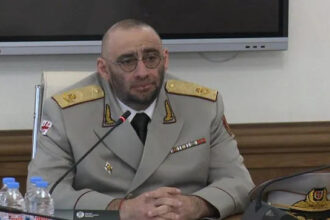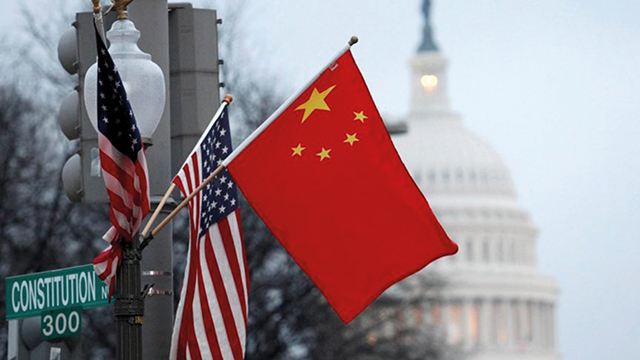NATO is increasingly viewing China as a rival, which is a significant shift from its previous vision. It fits with the general narrative that NATO was recently focused on Russia, at a time where China was quietly increasing their cyber capabilities and military strength around the world. This shift in priorities may propel NATO towards a more globalist view that would bring it closer to the Indo-Pacific Region.
NATO, the most successful military alliance of all time, is slowly, but steadily, moving toward a position where China is seen as a direct military competitor. NATO was not previously involved in the context of China’s rise. However, NATO is now undergoing a profound transformation, recalibrating priorities and moving towards a more global NATO, with interests that extend beyond its traditional zone (Europe) into the Indo-Pacific.
Many would argue that a global NATO has been in place for many years. For more than a century, the alliance operated in Afghanistan where it led the International Security Assistance Force. In 2008, NATO naval forces were the first to fight pirates through the OCEAN SHIELD operation along the east African coastline.
NATO’s involvement in the Middle East has been characterized by a number of military training missions. The alliance also responds against terrorism, cyber-threats and disinformation. It also enjoys special partnerships with Australia, New Zealand and South Korea.
China’s economic and military rise, the ambitious Belt and Road Initiative, and the growing appetite for the Indian and Pacific Oceans in the past decade have brought the country into sharp opposition with US. The US now sees NATO playing a bigger role in Eurasian affairs, which means taking a tougher stance toward Beijing through the development of a new vision for its outdated Euro-Atlantic-centric model.
The reasons behind this shift are fundamental. Some have argued that China’s $260 billion official defense budget could hide a much greater purchasing power. This could reach up to 70% the US defense budget. China’s military collaboration with Russia is growing and now includes Central Asia, the Mediterranean Sea, the Persian Gulf and even the Baltic Sea. Beijing’s growing supply of nuclear weapons is now reaching Europe, and NATO believes that it’s time to rethink its approach towards the Asian giant.
One could argue that China came to NATO, and not the opposite. China could be a catalyst for cohesion in the alliance. In the past few decades, the alliance has been riven by internal strife. NATO was originally created to counter Soviet Union on Europe’s mainland. But it must now adapt to the “China reality” and change its geographical scope.
Although there is a shift in thinking within NATO, it remains committed to its vision. It does not want to cast China as a military enemy and wants to leave the door open for possible cooperation.
China is not a direct threat to the United States at this time, and it’s unlikely that will change anytime soon. There is a geopolitical dimension to China’s increasing activity in the Arctic, Africa, and the Indo-Pacific. Beijing is also negotiating a massive trade and economic agreement with Tehran, which will allow China to position itself in the Persian Gulf, the Arabian Sea and other major oil supply routes. All of this requires greater coordination and cohesion in NATO.
There could be a number of changes that will affect the vision of NATO. As China’s influence grows, a NATO-China Council will be more necessary, similar to the one the alliance has with Russia since 1997.
It may be necessary to engage in a deeper level of engagement with its Pacific Partners, Australia, New Zealand and Japan. Even a permanent presence of military forces could be negotiated.
Some elements of the future strategy are already in place. NATO chief Jens Stoltenberg said that the alliance must play a more active role in the world and help the Indo-Pacific nations compete with China.
Stoltenberg said that as we look forward to 2030, it is important to work with countries like Australia, Japan and New Zealand to establish norms and standards for space and cyberspace and to control global arms.
We are seeing a trend towards a more global NATO, where the security agenda of the alliance is no longer centered on Europe and North America. This will take at minimum a decade. A shift in NATO’s vision will also result in a reduction in the level of threat that Moscow and its actions in Eurasia are deemed to pose.
NATO will need to move eastward. The alliance will need to pay more attention to Chinese activity. This does not mean that permanent military installations and personnel must be stationed in Asia. This will bring it closer to Asia, and the Indo-Pacific region in particular.
Emil Avdaliani: Analysis
Emil Avdaliani, a professor of European University and Director of Middle East Studies for Geocase, a Georgian think tank, is an expert in Middle East Studies.
Read More @ georgiatoday.ge




